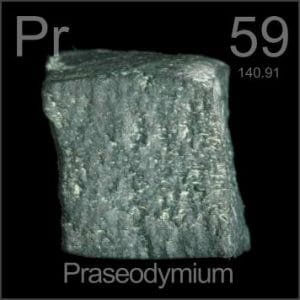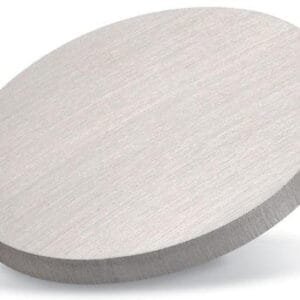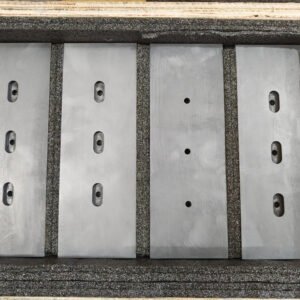Praseodymium Sputtering Target Description

Praseodymium Sputtering Target Specification
| Material Type | Praseodymium |
| Symbol | Pr |
| Color/Appearance | Silvery White |
| Melting Point | 935 °C |
| Density | 935 °C |
| Thermal Conductivity | 1.25 W/cm·K |
| Electrical Resistivity | 0.7 µΩ-m |
| Available Sizes | Dia.: 1.0″, 2.0″, 3.0″, 4.0″, 5.0″, 6.0″ Thick: 0.125″, 0.250″ |
We also offer other customized shapes and sizes of the sputtering targets; please Contact Us for more information.
Praseodymium Sputtering Target Application
Handling Notes
- No Bonding Service Available: Currently, bonding services are not offered for the praseodymium sputtering target.
- High Chemical Activity: Praseodymium sputtering targets are highly reactive when exposed to the environment. Therefore, oil packaging and a clean procedure are essential to prevent chemical reactions.
Get Contact
TFM offers Praseodymium Sputtering Targets in various forms, purities, sizes, and prices. We specialize in high-purity thin film deposition materials with optimal density and minimal grain sizes, which are ideal for semiconductor, CVD, and PVD applications in display and optics. Contact Us for current pricing on sputtering targets and other deposition materials that are not listed.






Reviews
There are no reviews yet.